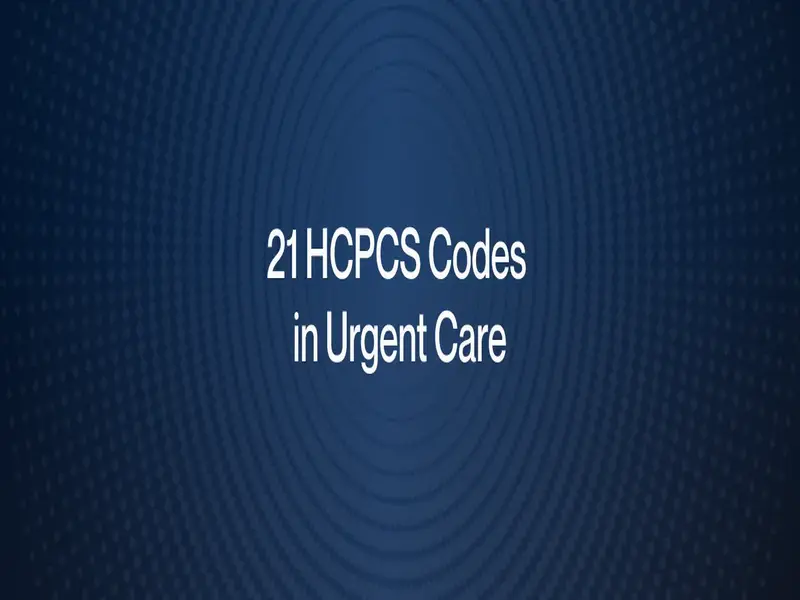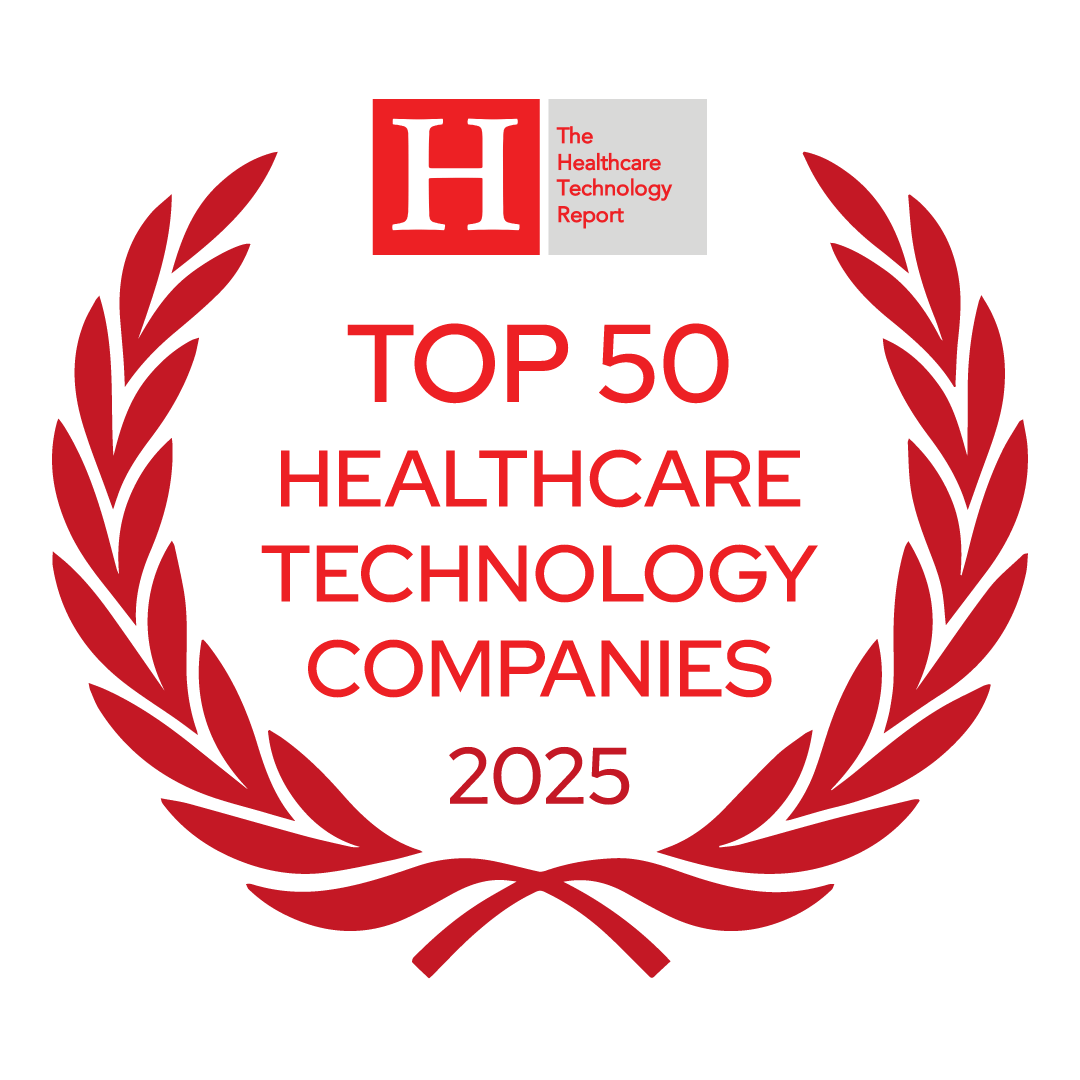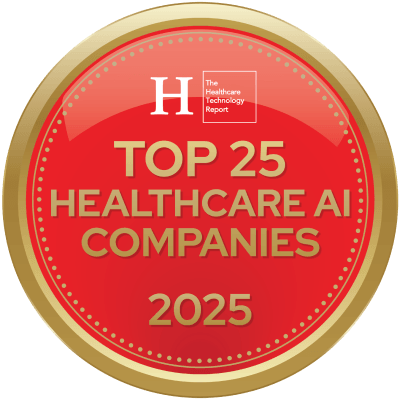CPT S9083
This code, with a median value of 23.61 and a frequency range of 0.00 to 47.23, covers global fees for urgent care centers, addressing the comprehensive care provided.CPT J1100
Used for dexamethasone sodium phosphate injections (1 mg), this code has a median value of 9.75 and a frequency range of 0.25 to 19.25, reflecting its common use in reducing inflammation.CPT J0696
Representing ceftriaxone sodium injections (per 250 mg), it has a median value of 3.99 and varies in frequency from 0.18 to 7.80, indicating its significance in treating bacterial infections. CPT J1885
This code, with a median of 2.36 and a frequency range from 0.01 to 4.71, is used for ketorolac tromethamine injections (per 15 mg), highlighting its role in pain management.CPT J8540
For oral dexamethasone (0.25 mg), this code shows a median value of 2.35 and a frequency range of 0.00 to 4.69, underscoring its use in treating various conditions due to its corticosteroid properties.CPT J7620
Albuterol and Ipratropium Inhalation Solution, with a median of 1.08 and frequency between 0.53 and 1.64, is vital for treating respiratory conditions by combining two bronchodilators.CPT J7613
This code for Albuterol Inhalation Solution, having a median value of 1.02 and frequency range of 0.35 to 1.70, is crucial in relaxing airway muscles and enhancing airflow to the lungs.CPT Q0162
Ondansetron (1 mg, oral), with a median of 0.96 and frequency from 0.00 to 1.91, is primarily used to treat nausea and vomiting, especially related to chemotherapy and radiation therapy.CPT H0033
For oral medication administration, this code has a median value of 0.53 and ranges from 0.00 to 1.06, indicating its usage in managing various oral treatments.CPT J2405
Injection of ondansetron hydrochloride (per 1 mg), with a median of 0.26 and frequency range of 0.00 to 0.52, helps alleviate nausea and vomiting. CPT Q4049
This code, covering static finger splints, has a median value of 0.18 and varies in frequency from 0.00 to 0.36, indicating its use in supporting finger injuries.CPT A6449
Light compression bandage, elastic, has a median of 0.18 and frequency range of 0.00 to 0.35, covering each yard of an elastic, knitted/woven bandage. CPT J7699
Used for inhalation solutions administered through a nebulizer, this code has a median value of 0.16 and a frequency range of 0.00 to 0.32. CPT J3420
Injection of vitamin B-12 cyanocobalamin (up to 1000 micrograms), with a median of 0.15 and frequency between 0.00 and 0.30, is significant for vitamin B12 administration. CPT Q4024
For pediatric short-arm splints, this code has a median of 0.12 and ranges from 0.00 to 0.23, covering fiberglass splints.CPT Q4020
Long arm splints for pediatric patients, with a median of 0.12 and frequency range of 0.00 to 0.23, indicate their use in arm injuries.CPT Q4022
This code, for adult short arm splints, has a median of 0.11 and frequency from 0.00 to 0.22, covering fiberglass splints.CPT A4565
Slings, with a median value of 0.11 and frequency range of 0.00 to 0.22, are used for supporting the arm or hand. CPT L4360
Representing pneumatic/vacuum walking boots, this code has a median of 0.08 and varies in frequency from 0.00 to 0.16, indicating its use in foot and ankle support. CPT J2550
For promethazine HCl injections (up to 50 mg), the code has a median of 0.08 and a frequency range of 0.00 to 0.16, used to treat allergy symptoms. CPT L3260
Surgical boots/shoes, with a median of 0.07 and frequency from 0.00 to 0.06, cover the supply of shoes or boots for post-surgical use or to accommodate foot volume changes. 






